
Ben Fiedler ’17 and Blair Kamin ’79 in the common room of Mayo-Smith House (formerly Chi Psi Lodge), January 2015. (Photo by Janna Joassainte’17/Amherst College, Office of Communications)
Leave me alone, I’m on deadline!
During the college’s Interterm session that just ended, I enjoyed participating in a one-week class that made extensive use of the College Archives. “The Houses of Amherst College” was an intensive architectural appraisal of the thirteen former fraternity houses on campus. It was led by Blair Kamin ’79, the award-winning architecture critic for the Chicago Tribune. Blair is in the process of writing a comprehensive architectural guide to Amherst College, to be published in 2018 as part of the Campus Guide series by Princeton Architectural Press. All of the students in the class (including myself) wrote a brief essay on one of the houses, which will provide material for the published guide.
The class provided the students with an opportunity to learn about some of the buildings we walk by (and, for some of us, live in) every day, and to appreciate them from an architectural point of view. This means carefully seeing the buildings in a new way and asking hard questions: not just “What is its predominant style?” and “What do you call that kind of pillar?” but more searching questions like “Is this building ‘successful’?,” “Have subsequent renovations retained a sense of aesthetic integrity?” and “How does the building contribute to, or detract from, the built environment of Amherst College?” These are some of the questions architecture critics wrestle with every day. Hence the class also gave us a taste of what it’s like to think and write like an architectural journalist.
The Amherst campus is a beautiful educational setting — exquisitely beautiful, in my opinion, at certain times of the year. And it is also quite historic, reflecting the influences of many notable architects and landscape designers such as McKim, Mead and White, Frederick Law Olmsted, Benjamin Thompson and Edward Larrabee Barnes. In the 19th century, like most colleges, Amherst had to rely on upper-class students to find their own living arrangements. This they did, almost assuredly with great pleasure, mainly by living in fraternity houses. This arrangement allowed upperclassmen to enjoy more autonomy away from the often oppressive rules and oversight of the college administration.
The fraternity houses were usually impressive large residences, and without exception they could be described as “homey” or indeed “palatial” in comparison to the cookie-cutter boxy sameness of institutional dormitories. Alumni fraternity brothers raised large amounts of money to erect these houses — even in the worst economic times — as a token of love and brotherhood as well as a showpiece announcing their exclusivity, success and refinement.
Beginning in the early 20th century and lasting several decades, Amherst’s fraternities embarked on a house-building spree that produced many of the fraternity houses that still grace the campus — and which serve, since the abolishing of fraternity houses in 1984, as college residence halls. The building program was fueled in no small part by competition among the fraternities — if one house had by far the most comfortable, luxurious, impressive furnishings, then all the others would be at a disadvantage in attracting the kind of men they wanted to join their ranks. So from 1913 to 1940, the frats built.
Many of the houses shared the same architect, Allen Cox of the Boston firm of Putnam and Cox. Not surprisingly, therefore, they show different permutations of the same elements from several architectural traditions — neo-Georgian, neo-Classical and Colonial Revival — that were popular in the early 20th century.
The sameness was broken by Herbert Wheeler in his design for Chi Psi Lodge in 1923 (above), a lovely work of Tudor/Renaissance Revival that is one of the first college houses to greet visitors arriving at the college from the west.
In 1929, a skillful neo-Classical facelift was pulled off at Calvin Coolidge’s former fraternity house, Phi Gamma Delta:

Marsh House, formerly Phi Gamma Delta. Robert Cutler, builder, ca. 1835; significant renovation by Karl S. Putnam, architect, 1929.
The rest of the houses are pictured below. Undeniably, all of these buildings raise up the architectural quality of the Amherst campus. The college has recognized this fact by embarking on a renovation campaign in recent years to save them from the predations of decades of hard use by the fraternities, and to adapt them to the much-changed social and technological needs of the modern-day college. But five former fraternity houses have still not undergone renovations. Clearly the funds to preserve them will be money well spent!

Humphries House, formerly Alpha Theta Xi fraternity. Architect unknown, 1891; reconstructed facade, C.H. Sherwood, architect, 1940.

Hitchcock House, formerly Alpha Delta Phi fraternity. Maurice B. Biscoe of Andrews, Jones, Biscoe, and Whitmore, architect, 1928.










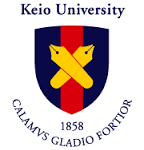
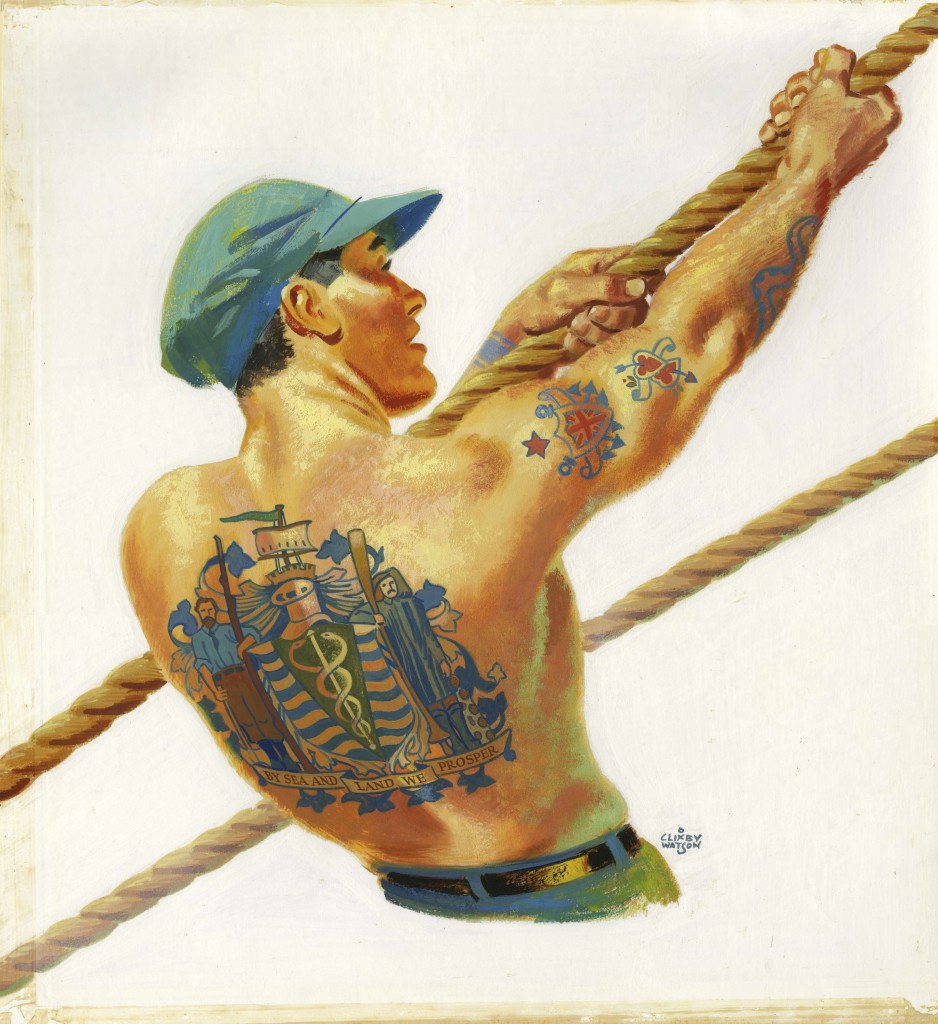
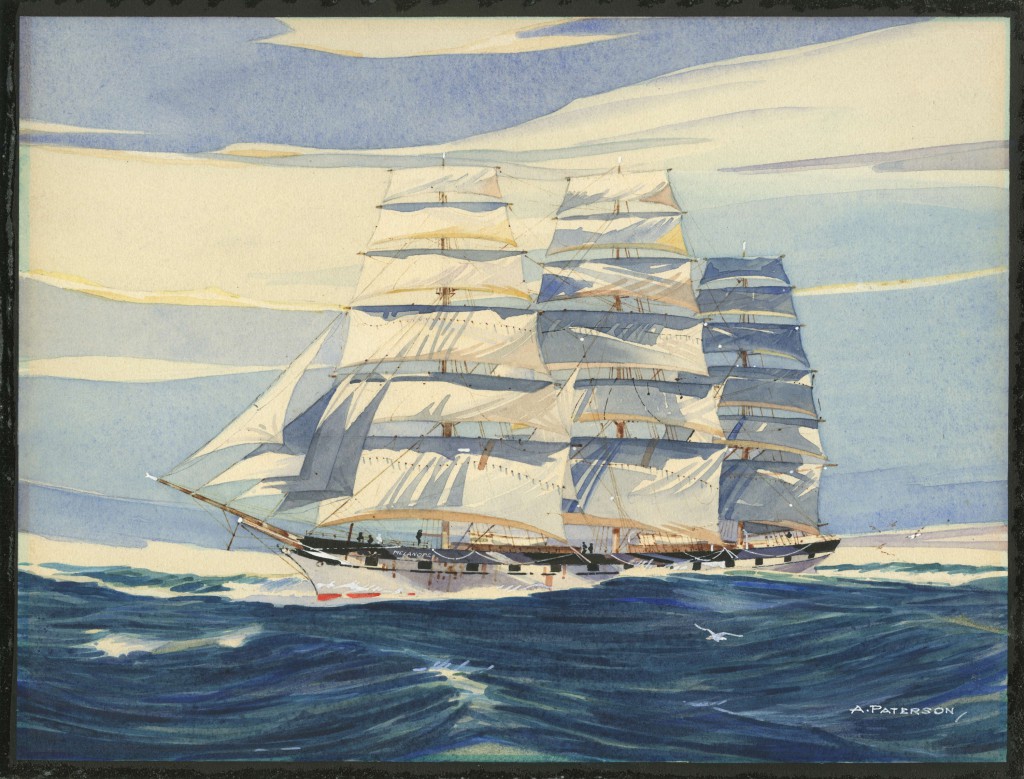
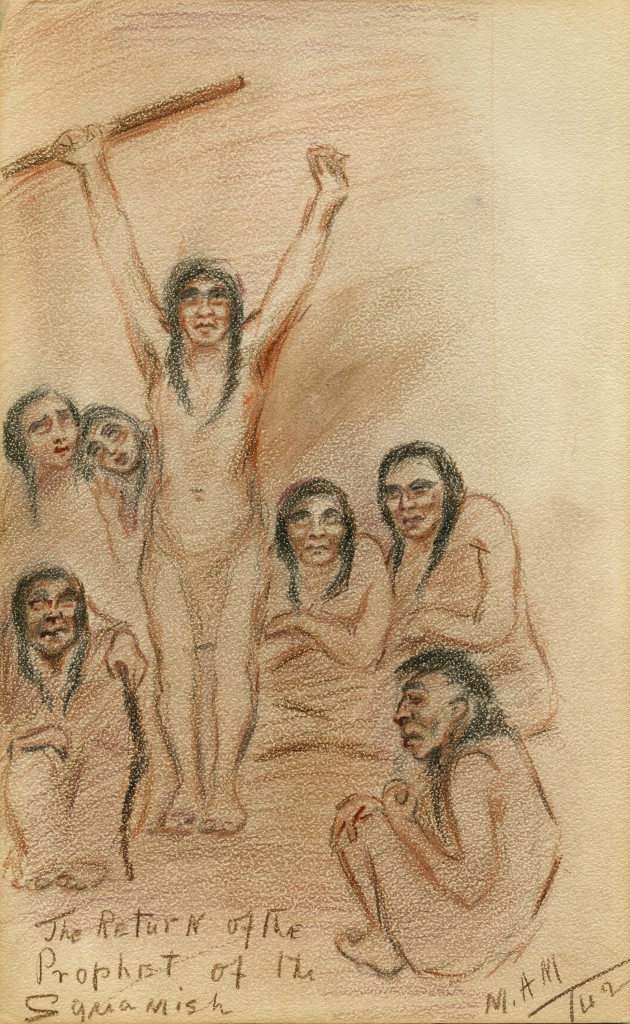















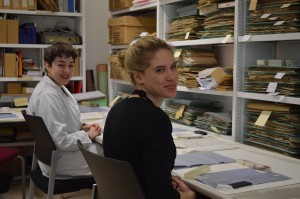
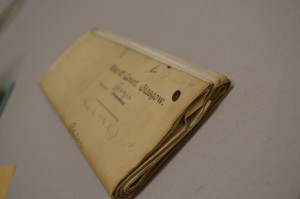
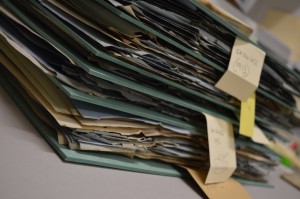
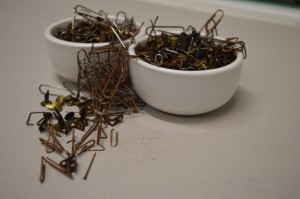
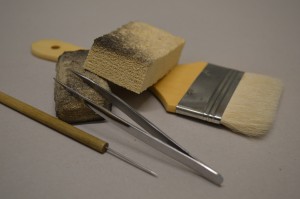


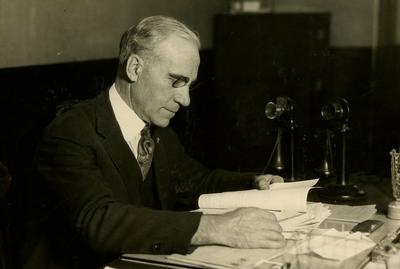
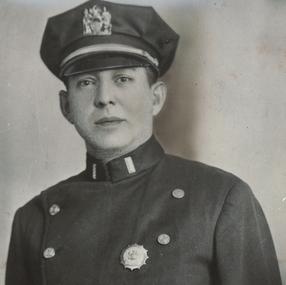













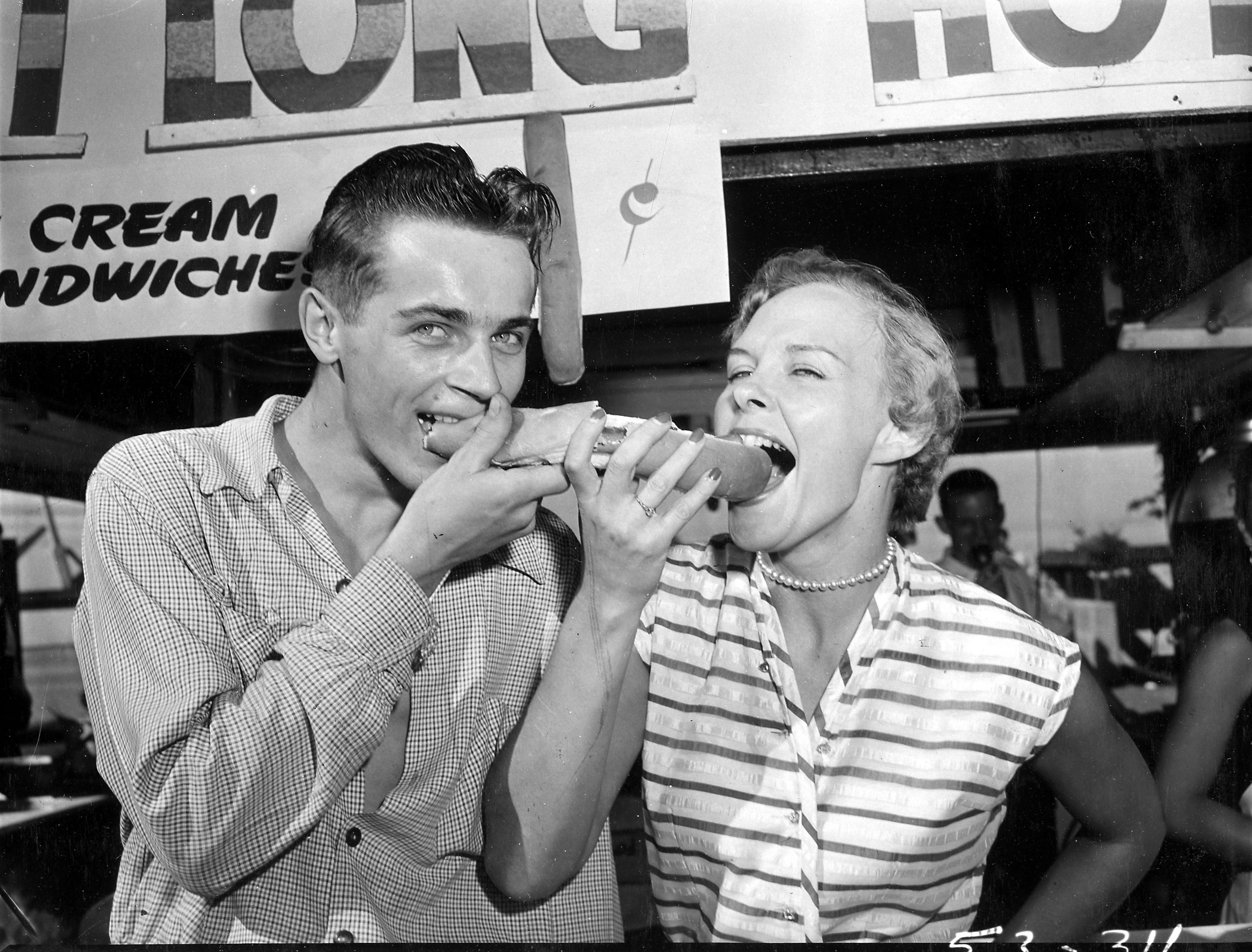

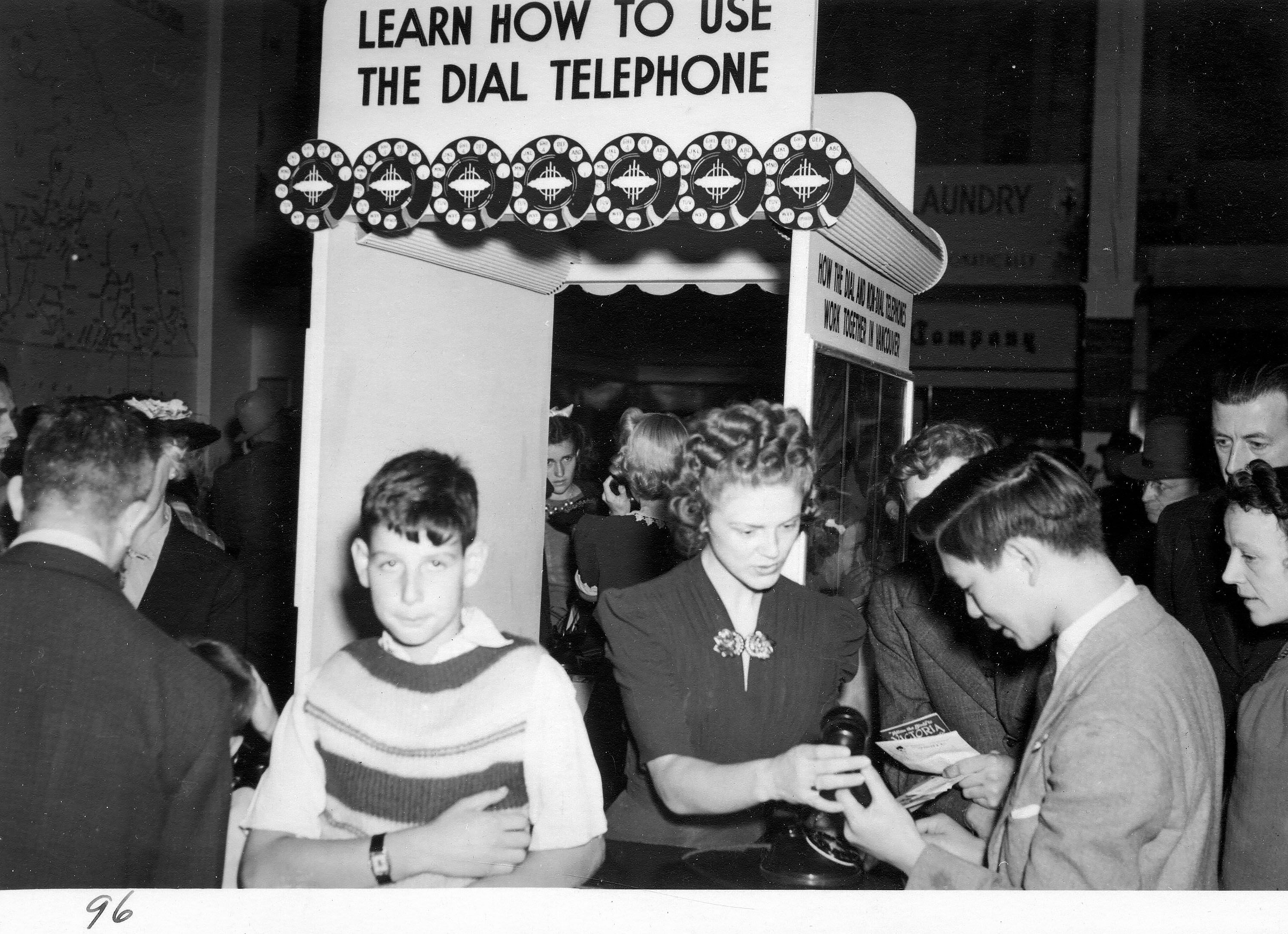
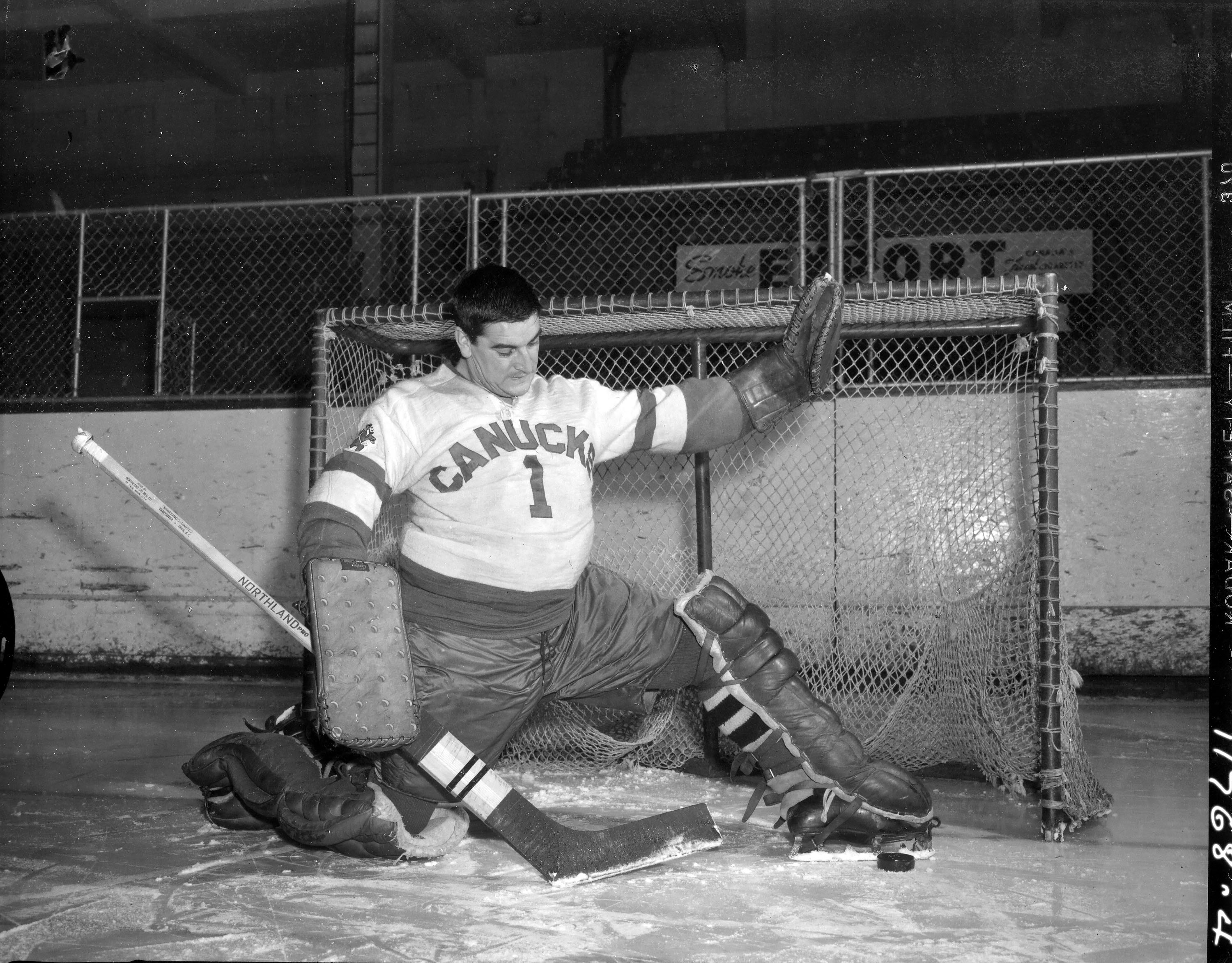
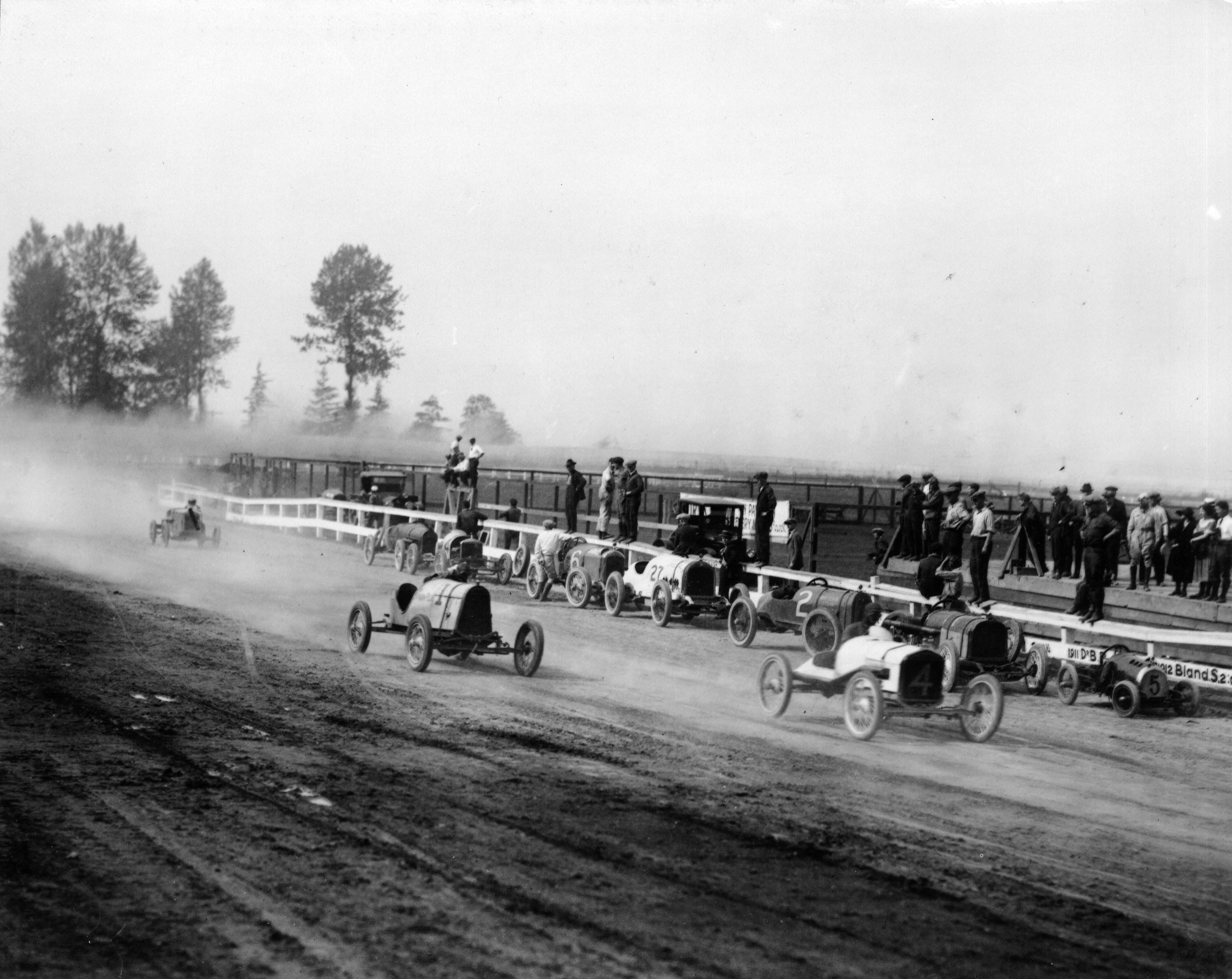
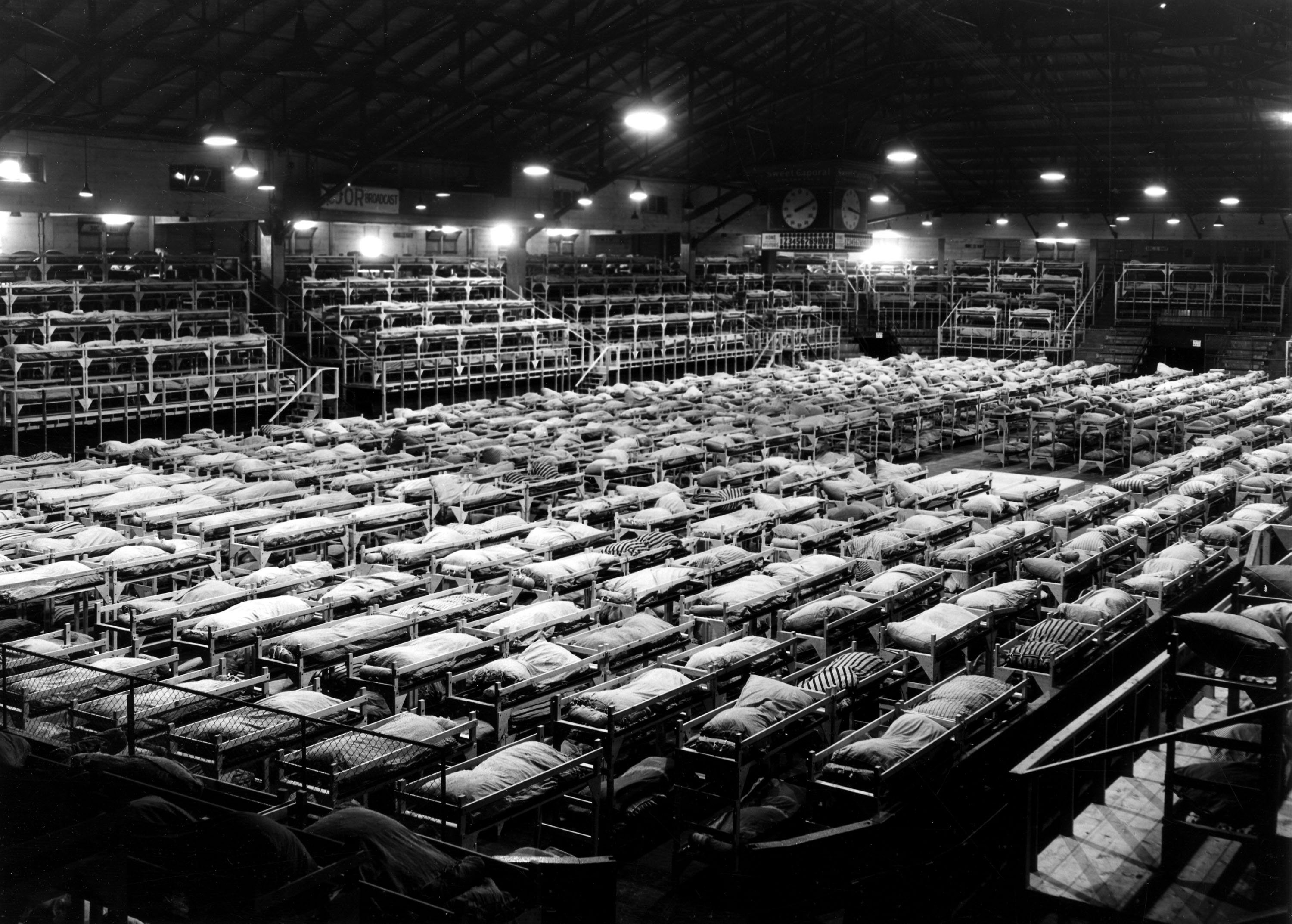







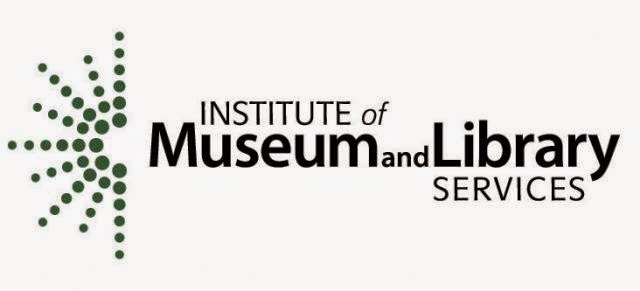









 of the books had old Library of Congress catalog cards in them that made it easier to search for records, not all of the books included this extra bit of helpful information. Catalogers had to rely on their research skills and newly acquired transliteration skills just to locate a record. Even if a record was located, it had to be upgraded. The records were outdated, and needed to be edited in order to meet current cataloging standards.
of the books had old Library of Congress catalog cards in them that made it easier to search for records, not all of the books included this extra bit of helpful information. Catalogers had to rely on their research skills and newly acquired transliteration skills just to locate a record. Even if a record was located, it had to be upgraded. The records were outdated, and needed to be edited in order to meet current cataloging standards.







